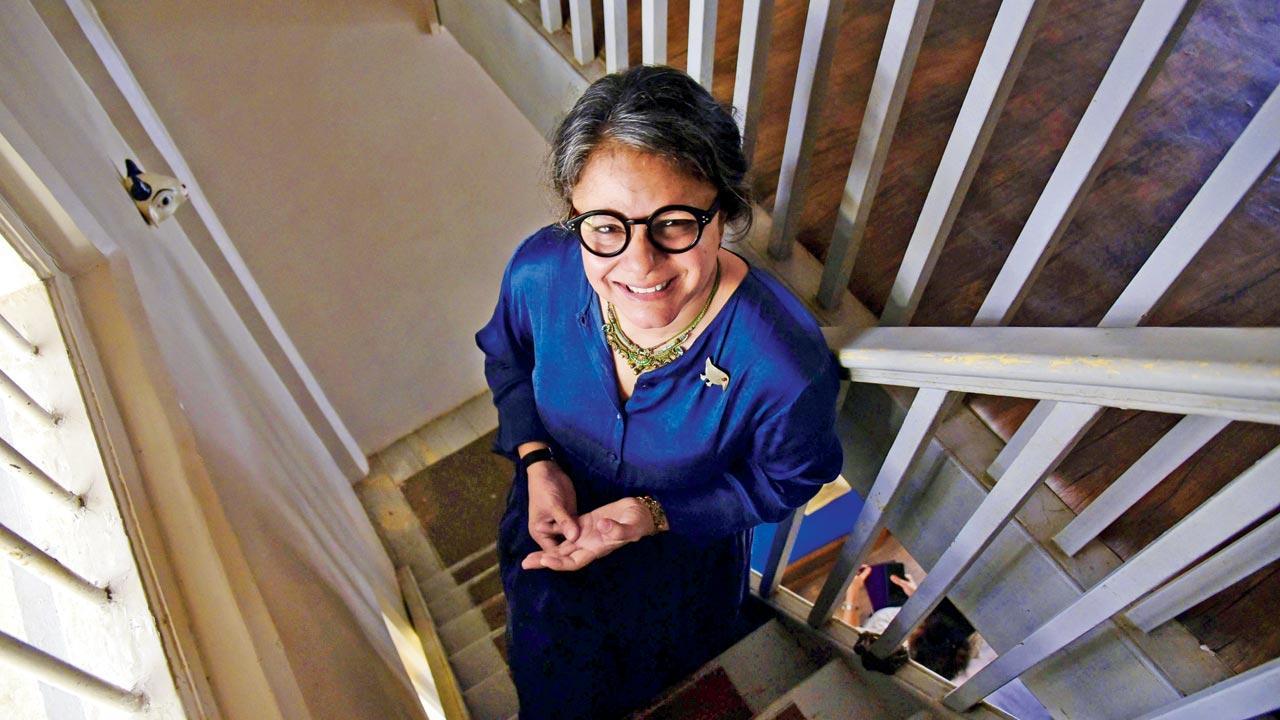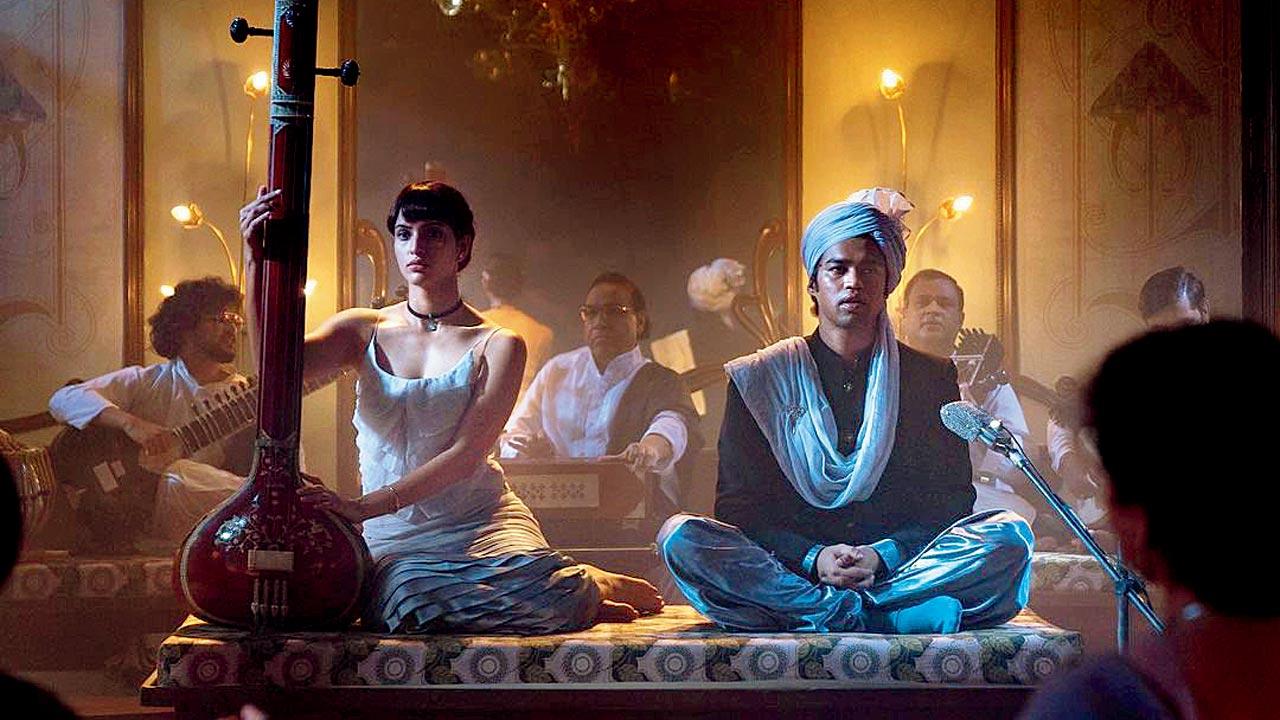Production designer Meenal Agarwal’s prodigious appetite for the visual medium, as seen in Netflix’s Qala, was first nurtured in the mid-day newsroom, where she recalls there was never a dull moment

Meenal Agrawal started her career as a photojournalist in mid-day, where she worked from 1993-95. Pic/Atul Kamble
It's not every day that an ex-photojournalist gets photographed by a peer. For production designer Meena Agarwal, our arrival at their Bandra studio on a weekday morning, felt like homecoming. Agarwal, who is garnering praise for her work in the Netflix original Qala, started her career as a photographer with mid-day, where she worked from 1993-95.
ADVERTISEMENT
On seeing mid-day lensman Atul Kamble, Agarwal begins mentioning names of people they both knew from “back in the day”. Kamble joined the news publication a few years after her. Yet, the two have a lot in common, having captured Bombay of the nineties on their cameras.
“You did everything yourself,” recalls Agarwal of the pre-digital era of photojournalism. “From taking the can of film to rolling it into a smaller film roll, and processing and printing.”
 The idea behind Qala, says Agarwal, was to show a state of mind and portray that directly to the audience. Pic/Instagram
The idea behind Qala, says Agarwal, was to show a state of mind and portray that directly to the audience. Pic/Instagram
Agarwal joined mid-day as a 22-year-old. She graduated from Social Communications Media department, Sophia (SCM Sophia). “Ayaaz Memon was editor then,” she remembers. “In the first year of work, I shot using just a 50mm lens, because I couldn’t afford other lenses. I’d often end up borrowing them from fellow photographers.”
At the time, most pictures were published in black and white. “It was Sunday mid-day, which had colour photographs, just like most weekend editions at that time,” she says.
According to her, “the best way to get to know a city is to work in a newspaper”. “They send you everywhere and you get to meet all kinds of people. It [photography] was like riyaaz. Every day you were shooting; shooting all kinds of things and people—portraits, sports, morchas, press conferences—and always in different situations.”
Agarwal, however, enjoyed taking portraits the most. “Dom Moraes [writer and poet] used to have a Sunday column where he’d interview his subjects at his home in Colaba every Thursday or Friday. Shooting his subjects was something I looked forward to.”
Following her brief stint with mid-day, Agarwal worked as a photographer for a few magazines, where she got the opportunity to work with artificial lights.
“But my focus was always on composition. Gradually, I began experimenting more,” says Agarwal, who made a career switch in 2003. “My photography knowledge helped me in knowing how light impacted things, how textures work and how you work within the frame with whatever situation you have. I started learning about design where I explored textiles, typography and architecture. That’s how I got into films.” Her first film as production designer was Mixed Doubles in 2006.
While she no longer uses the camera as much, Agarwal, who is married to actor Rajat Kapoor, ensures that the image captured by someone else is not ruined by poor aesthetics. “If I put velvet on the walls, I am putting it there because I know how the light interacts with it. I also know the kind of lighting which will influence the things I am adding in a frame. If I put a glass near a window, I know it will reflect in a certain way, what kind of flooring would go better with it.” Her favourite medium and texture is glass and reflections, and shooting against the light and darkness because “it adds contours,” she believes.
With Qala, the brief she was given was to portray a state of mind. “Through the background and the space I had to dictate the emotion of depression, and the audience had to feel it too.”
Her tip to upcoming photographers and artistes is to constantly explore different mediums and formats. “Do not limit oneself to a single thing. Practice till it becomes a part of you and becomes an instinct. That’s when your work reaches a place of sublime and that is when you find your voice.”
 Subscribe today by clicking the link and stay updated with the latest news!" Click here!
Subscribe today by clicking the link and stay updated with the latest news!" Click here!







